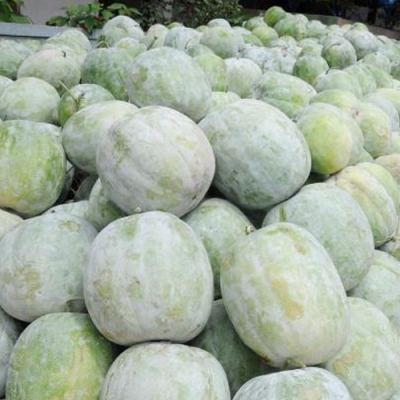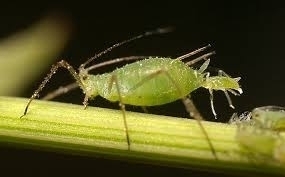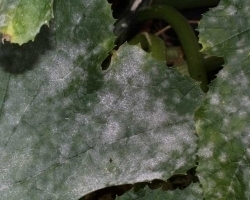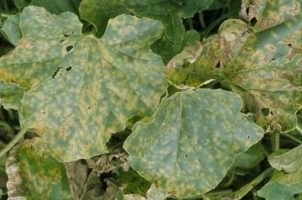Agriculture

Climate
-
Temperature
15-35°C -
Rainfall
100-150cm -
Sowing Temperature
15-20°C -
Harvesting Temperature
22-35°C
-
Temperature
15-35°C -
Rainfall
100-150cm -
Sowing Temperature
15-20°C -
Harvesting Temperature
22-35°C
-
Temperature
15-35°C -
Rainfall
100-150cm -
Sowing Temperature
15-20°C -
Harvesting Temperature
22-35°C
-
Temperature
15-35°C -
Rainfall
100-150cm -
Sowing Temperature
15-20°C -
Harvesting Temperature
22-35°C
Soil
It can grow on variety of soils but gives best results when grown on sandy loam soils. Ideal pH range of soil is about 6 to 6.5.
Popular Varieties With Their Yield
Land Preparation
To bring soil to fine tilth, carry out ploughing operation for three-fourth time. Before last ploughing add, well decomposed cowdung@20kg along with neem cake@40kg/acre.
Sowing
Seed
Fertilizer
Fertilizer Requirement (kg/acre)
| UREA | SSP | MOP |
| 70 | 150 | 40 |
Nutrient Requirement (kg/acre)
| NITROGEN | PHOSPHORUS | POTASH |
| 32 | 24 | 24 |
Crop required well decomposed cow dung @8-10 ton/acre, Nitrogen@32 kg (Urea@70 kg), Phosphorus@ 24 kg (SSP@150 kg) and Potash@24 kg/acre (MOP@40 kg). Apply well decomposed cow dung, full dose of Potash and Phosphorus, and one-third of Nitrogen, two to three week before seed sowing. Apply remaining dose of Nitrogen in two equal splits. Provide first dose 25-30days after sowing and second dose 40-50days after sowing.
Irrigation
After sowing, carry out irrigation with interval of three to four days. Depending upon climate and soil type, in summer season provide irrigation with interval of 7-10 days in vegetative stage. In rainy season provide irrigation depending upon rainfall frequency. Flowering and fruiting stage are critical for irrigation. Avoid water stress at this stage.
Weed Control
Depending upon weed intensity, carry out hand or hoe weeding operation. Mulching is best way to keep check on weed growth along with water saving.
Plant protection
- Pest and their control:


- Disease and their control:

Harvesting
Depending upon variety, crop is ready for harvesting in 90-100days. Depending upon market requirement, fruits can be harvested at immature or mature stage. Mature fruits are mostly stored for seed production purpose. Cut the fruits from vines with help of sharp knife.
Post-Harvest
Fruit can be stored for three months at temperature of 13-15oC with relative humidity of 70-75%.
Seed production
For seed production purpose, sow seed in February-March month. Disease or unwanted Plants are removed at time of flowering, fruiting and maturity stage. When fruits and stem surface give white waxy appearance, fruits are ready for harvesting. Seed is separated and then wash with water. Wash seed is dry and then clean before storing. Seed is store in low temperature and low humidity conditions










